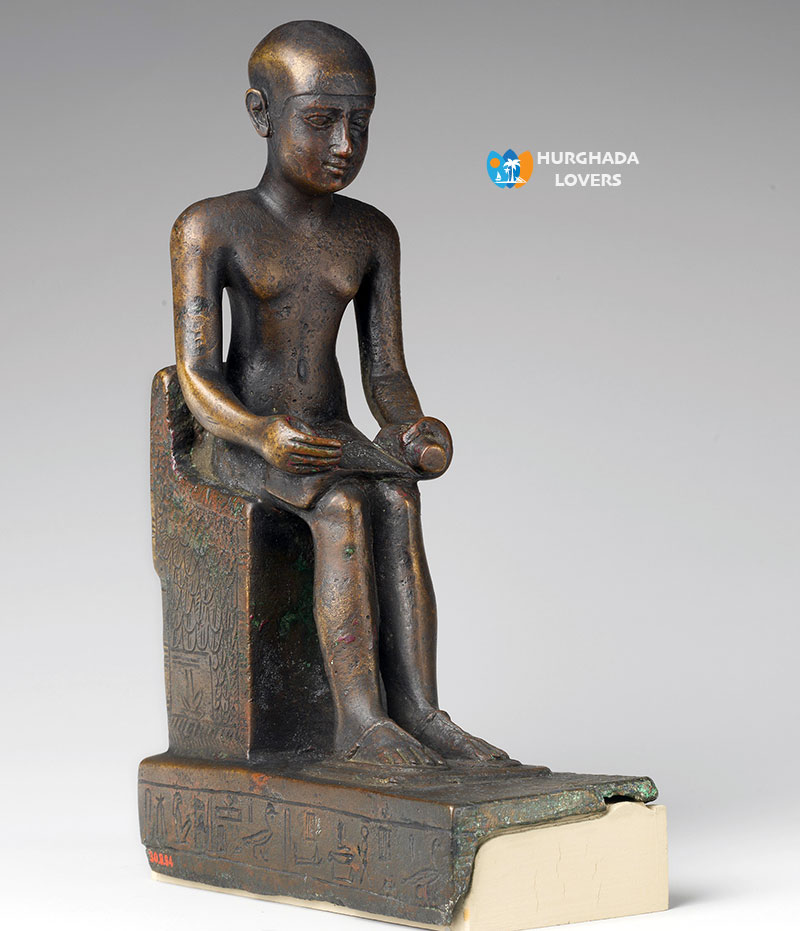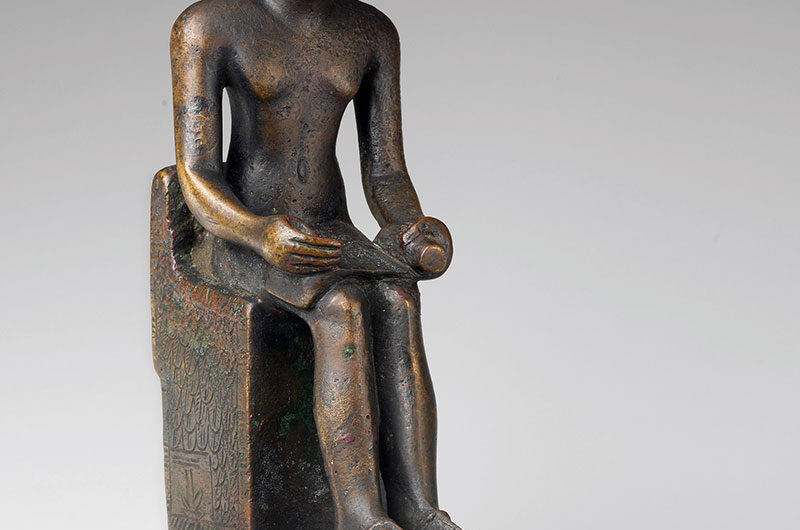Imhotep | History and facts of the first architects and doctors in history and how he built the pyramid of Djoser, which was included in the ancient civilization of Pharaonic Egypt.
The architect Imhotep is one of the most famous pharaohs of ancient Egypt, due to his career in which he occupied a wide range of professions, including architecture, civil, medicine and astronomy. Learn more about the architect and historical glimpses of his life.
Hurghada lovers Offer Luxury Hurghada to Luxor Tours | El Gouna to Luxor Tours | Makadi bay to Luxor Tours | Sahl Hasheesh to Luxor Tours | Soma bay to Luxor Tours.
Architect Imhotep
• The architect Imhotep, owner of the pyramid of Djoser, is also considered the first architect and the first doctor in history.
• Imhotep was one of the most famous engineers in ancient Egypt, even becoming a god of medicine.
• There is a large group of texts that talk about Imhotep and it was said that he was a minister during the reign of Djoser.
• The famous Saqqara pyramid of Pharaoh Djoser, whose construction was supervised by the engineer Imhotep.
• Imhotep has qualities other than his skill in medicine and engineering, including wisdom and extensive knowledge.
• Where Imhotep was a wise physicist who consulted a lot, he even became a demigod, and after his death he became the god of healing and that was in the era of the Ptolemies.
• The Greeks called him Amothis, thus uniting the Greeks between him and Asclepius, their god of healing.
• In the past, magic was a type of treatment and medicine for the ancient Egyptians, and Imhotep was a specialist in magic, so it was said that he was a doctor.
• It also built shrines and temples located in various parts of the country and are also present in the country of Nubia.
• The temples were famous for the sick because it was believed that the doctor had an amazing ability to heal the sick.
• Among the titles that Imhotep received are “Master of Sculptors”, “Chief Engineers” and “Prime Minister”.
• He was also called in the Roman era “Asclepius”.
• There are many statues of Imhotep that depict him sitting on his knee with papyrus in his hands.
Facts
• A large group of statues and monuments belonging to the architect Imhotep were found, as a result of the prevailing belief in his amazing ability to heal.
• At the beginning of Imhotep’s appearance, he was in the guise of an architect, a doctor, but then the engineer took on another set of professions.
• Where Imhotep worked in the royal palace as a special engineer for King Djoser, and the engineer worked on the design of the step pyramid of Djoser located in Saqqara.
• There is also the title of engineer Imhotep on the base of the statue of Djoser.
• Imhotep bore many nicknames, including “Khatamati Beti”, which means the preserver of the seals of the King of Lower Egypt, and this name is found on the rock of the pyramid of “Sekhemt”.
• Among the other titles that Imhotep bore, is the title “Gre-teb-nesu”, which means under the head of the King of Upper Egypt, which indicates his important position in the state.
• “He really has covered the house,” which means the overseer of the palace.
• “Yeri Bat” is another title for Imhotep, which means a member of the royal family, which also means the crown prince.
Imhotep effect
• Because of the ingenuity of the architect Imhotep, he influenced the entire field of architecture.
• The Step Pyramid at Saqqara was one of the works of art in which the engineer demonstrated his engineering prowess.
• Imhotep’s prowess was not the only one he had, but he also astonished priests in other fields, including medicine.
• There is a very large collection of manuscripts on medicine that go back to Imhotep.
• Imhotep was also a master at autopsies and had an extensive background in the art of mummification.
• Imhotep also had a wide background in astrology and astronomy, and he is also the founder of a school of medicine in the Egyptian city of Memphis, which became the seat of his worship after his death.
• Because of the manuscripts that were found, it is known that he was the founder of the science of medicine, as he was also adept at making medicinal drugs for various diseases.
• Among the manuscripts that were found, there was one called “Edwin smith papyrus”, which contained pictures of the autopsy.
• There is also other information mentioned in that papyrus, including methods of treating fractures and symptoms of some diseases.
Imhotep and medicine
• It is said that a papyrus was found in medicine dating back to approximately 1700 BC, and there is also another manuscript called “Edwin Smith” which is currently in a museum in New York.
• The manuscript contains a wide range of diseases and injuries, including injuries to the torso and shoulder, and injuries to the chest and ribs.
• It also contains injuries such as the head, neck and neck, as well as the collarbone, as well as arm injuries.
• Imhotep used plants to obtain medicinal drugs.
• Despite his extensive history, his death was as mysterious as his beginning.
• No evidence has been found so far indicating his death, in addition to the disappearance of his tomb, as there is still no tomb containing Imhotep.
• The books he wrote, and the meaning of the word Imhotep, “the one who came in peace”, has disappeared.
• It was as if Imhotep had a share of his name, as he came to the world and made a big difference in the field of engineering, medicine and astronomer, but he went in peace and quiet.


